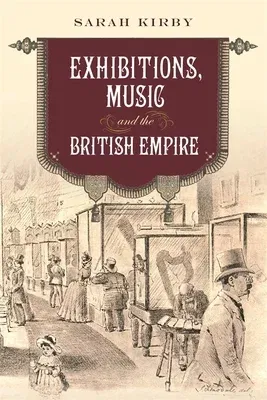Combining approaches from reception studies and historical musicology,
this book demonstrates how the representation of music at exhibitions
drew the press and public into debates about music's role in society.
International exhibitions were among the most significant cultural
phenomena of the late nineteenth century. These vast events aimed to
illustrate, through displays of physical objects, the full spectrum of
the world's achievements, from industry and manufacturing, to art and
design. But exhibitions were not just visual spaces. Music was ever
present, as a fundamental part of these events' sonic landscape, and
integral to the visitor experience.
This book explores music at international exhibitions held in Australia,
India, and the United Kingdom during the 1880s. At these exhibitions,
music was codified, ordered, and all-round 'exhibited' in manifold ways.
Displays of physical instruments from the past and present were
accompanied by performances intended to educate or to entertain, while
music was heard at exhibitors' stands, in concert halls, and in the
pleasure gardens that surrounded the exhibition buildings. Music was
depicted as a symbol of human artistic achievement, or employed for
commercial ends. At times it was presented in nationalist terms, at
others as a marker of universalism. This book argues, by interrogating
the multiple ways that music was used, experienced, and represented,
that exhibitions can demonstrate in microcosm many of the broader
musical traditions, purposes, arguments, and anxieties of the day. Its
nine chapters focus on sociocultural themes, covering issues of race,
class, public education, economics, and entertainment in the context of
music, tracing these through the networks of communication that existed
within the British Empire at the time.

